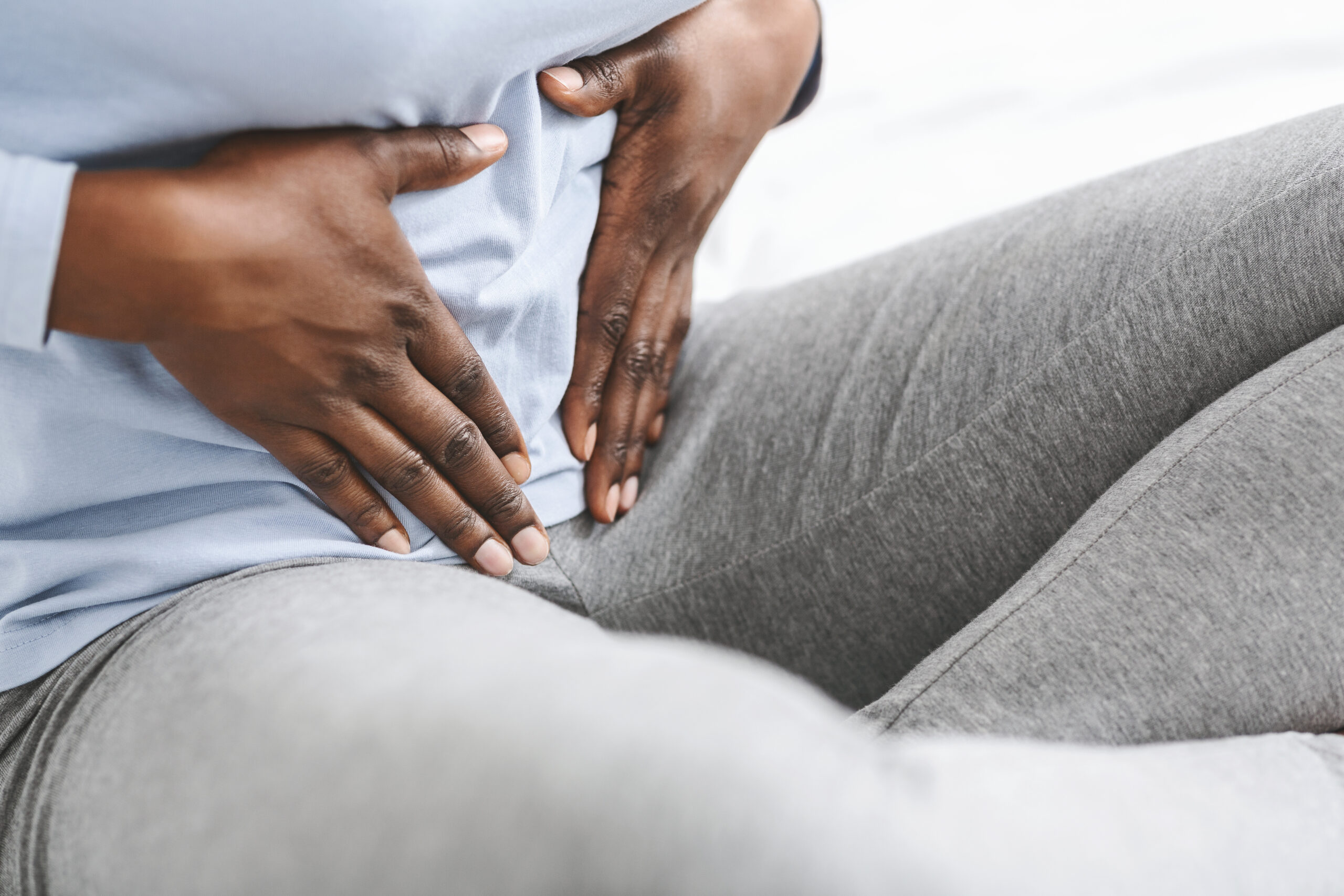Experiencing pain in the lower abdominal region, especially a sensation reminiscent of ovary-related discomfort, can be alarming. When this pain becomes severe enough to consider a trip to the emergency room, understanding its root cause becomes critical. While many associate such pain with gynecological or abdominal issues, there’s another possible culprit—muscle strain from workouts.
This article analyzes a case of a woman experiencing ovary-like pain linked to her fitness routine. It highlights the importance of considering musculoskeletal causes and offers insights into addressing such issues effectively.
Case Study: A Fitness-Focused Physician in Pain
The subject of this case is a highly intelligent physician in her mid-40s. She began experiencing intermittent lower abdominal pain, which she described as resembling ovary pain. While initially sporadic, the episodes worsened over time, to the point where she contemplated seeking emergency care.
Initial Steps: Ruling Out Other Causes
Suspecting a connection to her reproductive health, she consulted her gynecologist. The specialist suggested the pain might be linked to ovulation issues, especially given that she was entering perimenopause—a transitional stage where hormonal changes can impact ovulatory cycles. Despite this, no definitive diagnosis was made.
To rule out other possibilities, her family physician conducted tests to eliminate concerns about underlying abdominal conditions. However, these evaluations were inconclusive. The lack of clear answers led her to explore alternative explanations, and she sought the advice of a pelvic floor therapist.
Investigating the Link Between Pain and Workouts
During her consultation with the therapist, it became evident that her pain might be connected to her recent lifestyle changes, particularly her fitness regimen. To address midlife weight gain, she had ramped up her workouts, focusing on running and spinning. Notably, these activities coincided with the onset of her discomfort.
The Role of Activity Levels
The woman’s daily activity level also played a role. While generally active, she mentioned spending more time sitting than usual, which could have exacerbated the problem. Prolonged sitting, combined with intense exercise, can strain certain muscle groups, potentially triggering pain.

Uncovering the Muscular Culprit
The therapist hypothesized that the pain stemmed from musculoskeletal issues rather than internal organ dysfunction. Specifically, certain muscle groups deep in the abdominal area that connect to the hips were identified as potential sources of discomfort. These muscles are heavily engaged during activities like running and cycling, making them prone to strain.
Diagnostic Steps
A physical examination confirmed the suspicion. By palpating the suspected muscle groups, the therapist was able to reproduce the patient’s pain, pinpointing its origin. This discovery was a breakthrough, shifting the focus from internal medical conditions to targeted musculoskeletal treatment.
Immediate Relief Through Therapy
In just a 20-minute session, the therapist applied techniques to release tension in the affected muscles. Remarkably, the woman reported a dramatic reduction in pain the following day. She described the relief as “unbelievable,” emphasizing how debilitating the pain had been prior to treatment.
When Exercise Causes Pain: Key Takeaways
This case underscores the importance of recognizing the potential for workouts to cause or exacerbate pain. For women, ovary-like pain might not always stem from gynecological issues—it can sometimes originate from muscle strain or overuse.
How Muscles Can Mimic Other Conditions
The musculoskeletal system has an intricate relationship with other parts of the body. When muscles are overworked or strained, they can produce pain that mimics conditions unrelated to muscles. For instance:
- Deep abdominal muscles: Strain here can cause pain similar to ovary-related discomfort.
- Hip flexors: Overuse during running or cycling can lead to referred pain in the lower abdomen.
- Pelvic floor muscles: Tightness or dysfunction can cause sensations often mistaken for internal organ issues.
Red Flags to Watch For
If you experience pain in the lower abdominal region, consider the following:
- Is it related to activity? If the pain worsens after certain exercises, muscles could be the source.
- Is it intermittent or constant? Episodic pain linked to physical effort often points to musculoskeletal causes.
- Have medical causes been ruled out? Always consult healthcare professionals to eliminate other concerns first.
Prevention and Management
If workouts are triggering pain, you don’t have to abandon exercise entirely. Instead, consider these strategies:
1. Adjust Your Routine
High-impact activities like running and cycling can strain specific muscles. Mix in low-impact exercises such as swimming, yoga, or walking to give overworked areas a break.
2. Incorporate Stretching and Strengthening
Regularly stretch the hip flexors, lower abdominal muscles, and pelvic floor. Strengthening these areas can also improve their resilience, reducing the risk of strain.
3. Be Mindful of Posture
Prolonged sitting, especially with poor posture, can contribute to muscle tightness. Take breaks to stand, stretch, or walk throughout the day to alleviate tension.
4. Seek Professional Help
If pain persists despite adjustments, consult a physical therapist or musculoskeletal specialist. They can assess your specific situation and provide targeted interventions.
Is Your Workout Causing Ovary-Like Pain? – Final Thoughts
Severe lower abdominal pain, particularly ovary-like discomfort, can be distressing. While it’s crucial to rule out medical causes, don’t overlook the potential impact of your workout routine. Musculoskeletal issues are a common yet often underestimated source of such pain.
By understanding the connection between activity and muscle strain, you can take steps to prevent and address workout-related discomfort. Whether through adjusting your exercise habits, incorporating therapeutic practices, or seeking professional care, relief is possible—and it might be closer than you think.
Also Read: Is Your Deadlift Causing Perineal Pain?
About:
I’m Hina Sheth. I have been treating complex orthopedics, sports and pelvic floor physical problems for over 25 years with amazing results. Now I want to bring my knowledge to the global community so I can spread my knowledge to you.
Our bodies are complex systems of 600 muscles and organs intertwined in a fascial system that all work together. Imbalances in this system such as trigger points, visceral and myofascial restrictions can lead to joint, pelvic, and organ issues.
Factors like nutrition, exercise, sleep, and stress play a crucial role. Unfortunately, our current healthcare model does not look at our bodies as a whole and oftentimes compartmentalize musculoskeletal injuries and dysfunctions.
At Rebalance, our goal is to holistically treat this complex system to restore harmony in the body. By addressing these imbalances, we help clients improve their overall health and well-being. Our vision is to empower individuals to create a healthier lifestyle for themselves.






